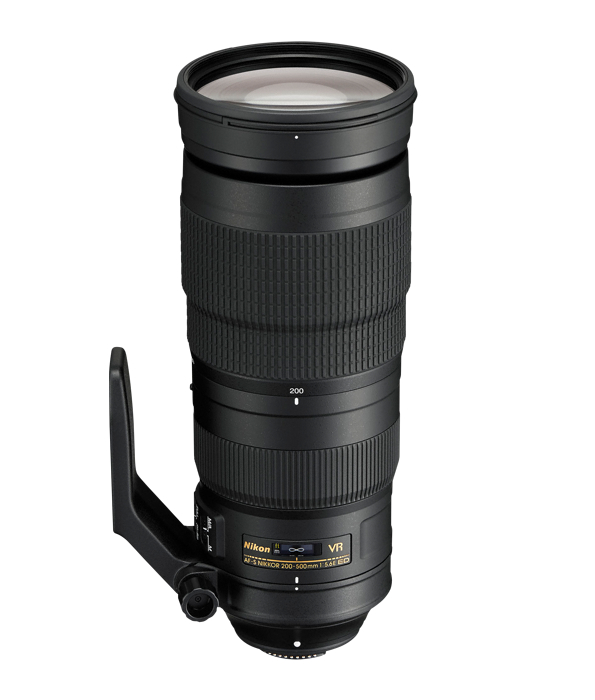
A key feature you should always look for in high quality filters is MRC, which stands for “Multi-resistant coating”. They are made of high quality glass and they are manufactured in Germany – so you can expect the best performance from them. All filters that I buy (neutral density, polarizing, clear) are B+W brand. If you are looking for recommendations on what filters to use, I have been a huge fan of B+W filters. I have seen reduced contrast and really nasty ghosting / flare with cheap filters before, so I have learned my lesson on not buying those. As you can see from this article, cheap filters do indeed affect the resolution of the lens and they can seriously affect the ghosting and flare properties of the lens. It is not like you would shoot against bright light every day right? From my experience, the multi-coated B+W filters have no affect on ghosting/flare, so I never bother to dismount filters when shooting against the sun.Īt the same time, make sure that you are not using cheap, low-quality filters. You might see a little more ghosting/flare on some filters, but if it annoys you, simply dismount the filter and put it back on once you are done shooting against the sun. If you keep them clean and in good shape, they also do not affect the ghosting and flare properties of the lens. This was an interesting study, because it proved that high quality filters have no affect at all on lens resolution.

Here is the result of Imatest measurements: I then mounted a high-quality 77mm filter by B+W and did it again. The focal length was roughly 150mm and the aperture was set to f/5.6, which is the sweet spot of the lens. The results of the study came out very interesting!Īrmed with the Imatest software, I first measured the sharpness of the Nikon 70-200mm f/2.8G VR II lens, which is usually my reference lens for telephoto sharpness. I recently purchased a used lens that came with a crappy plastic filter, so I decided to run two separate scenarios – one without a filter, one with a high quality B+W filter (more on B+W products below) and one with a cheap plastic filter.

Having spent the last couple of weeks in a lab testing many lenses, I wondered if I could actually measure the resolution of a lens with and without a filter. The filters that I have been using do not seem to affect the resolving power of lenses they are mounted on and mostly do not seem to heavily affect ghosting / flare either. I personally have been recommending use of protective filters for years, as long as they are of high quality.

Some people argue that one should never use protective filters, since it is another piece of glass in front of the lens that reduces resolution and emphasizes other optical problems such as ghosting / flare, while others argue that filters make it easier to protect the front element of the lens and make it easier to clean that element. Just like the old “film vs digital” or the “Nikon vs Canon” debates, lens filters often create endless discussions on the Internet.


 0 kommentar(er)
0 kommentar(er)
